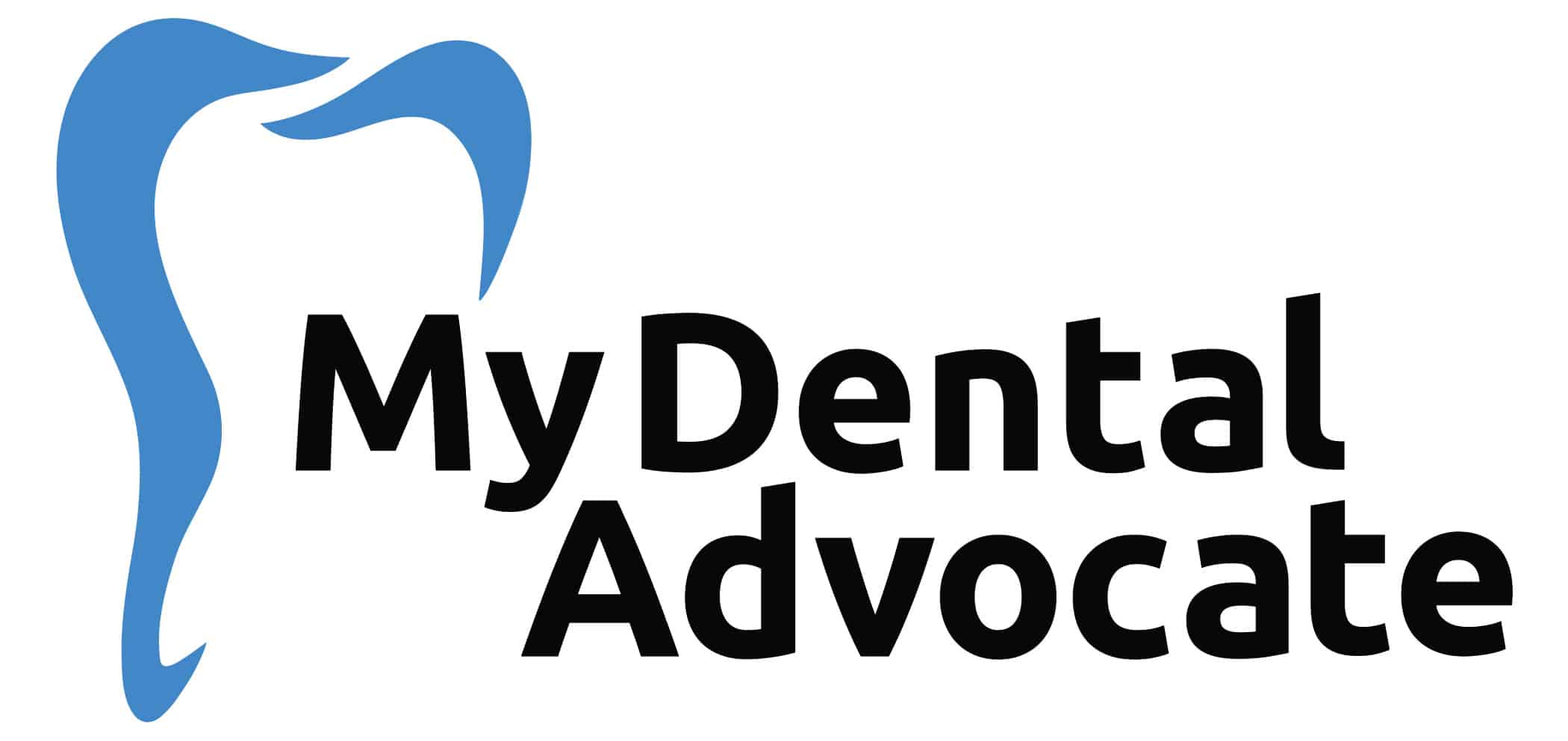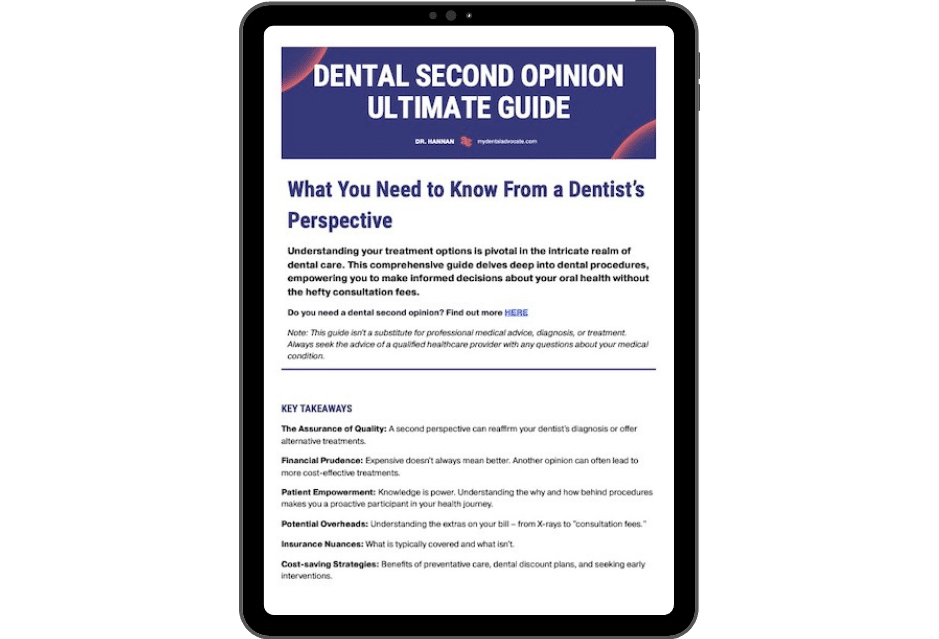What Is Dental Prophylaxis? (Overview)
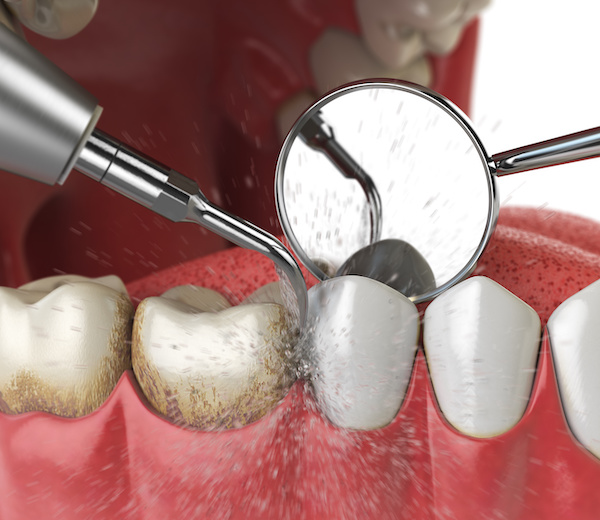
If you ever watch the popular game show Jeopardy, the headline to this section, What is Dental Prophylaxis? could be the answer to a Jeopardy question like, “Another name for teeth cleaning.”
Prophy is Modern Latin from the Greek meaning to guard against the attack of something, like diseases.
Adequate home care is essential to maintaining a healthy smile.
However, even the most diligent patient leaves behind bacteria after brushing and flossing.
Understanding Dental Prophylaxis
A prophylaxis cleaning removes dental plaque and tartar from the tooth surface and along the gum line, preventing things like gum disease from invading your mouth. This procedure includes prophy, basic cleaning, or routine cleaning.
A dental hygienist often performs this preventative procedure every six months to maintain healthy gums, teeth, and bones. It can be performed during your initial visit or at a subsequent appointment.
Why Are Cleanings Necessary?
Teeth are housed in a bony socket and surrounded by gum tissue.
Gum tissue is secured to the tooth by many periodontal fibers. This attachment prevents bacteria from penetrating the gums and entering the bone matrix below in a healthy mouth.
However, if bacteria are harbored under the gum line or deep in the gingival sulcus for long periods, it will irritate the tissue and cause the attachment to fail.
This inflammatory process is called gingivitis.
If your gums bleed when you floss, you likely have areas of inflammation or gingivitis. Fortunately, gingivitis can resolve through routine cleanings and improved home care.
However, gum disease will occur if bacteria are not removed, leading to attachment and bone loss. Gum disease, also known as periodontal disease, may lead to the loss of teeth.
Bone loss is irreversible, so timely action should be taken.
Recommended Reading:
- Gingivitis | The Ultimate Guide (Content Hub)
- What is Gingivitis? Causes, Symptoms & Treatment
- What Does Gingivitis Look Like? (20 Gum Disease Pictures)
- 14 Gingivitis Home Remedies That Work! (Dentist Recommended)
- Gingivitis vs Periodontitis (Gum Disease) | Dentist’s Perspective
- Gingivitis vs Healthy Gums (What’s the Difference?)
- Is Gingivitis & Gum Disease Contagious? (What the Research Says)
- 5 Best Toothpaste for Gingivitis & Gum Disease 2024
- 6 Best Mouthwashes for Gingivitis & Gum Disease 2024
- Acute Necrotizing Ulcerative Gingivitis (ANUG) “Trench Mouth”
- Pregnancy Gingivitis: Causes, Symptoms & Treatment
Periodontal Probings
During your initial visit, your dentist or dental hygienist will assess your oral health using x-rays, medical history, dental questionnaire, and gum measurements.
Gum measurements, also known as periodontal probings, allow the clinician to measure your gum tissue in millimeters.
The dental probe is gently placed in the gingival sulcus surrounding each tooth, and six measurements are taken.
If the gum tissue is healthy and attached tightly to the tooth, the dentist or dental hygienist will note a smaller measurement as 1, 2, or 3 mm. If a 4 mm pocket is indicated, the gum attachment may be in the beginning stages of bacterial attack.
If your gum measurements are 1-4 mm and you have minimal gum inflammation and no bone loss, a prophylaxis cleaning will most likely be advised.
If measurements of 5, 6, or 7+ mm are noted, gum inflammation and bone loss have most likely occurred.
This process is referred to as periodontal disease.
Bone loss may be challenging to see by simply looking in the mouth, so it’s identified using radiographic x-rays. In rare cases, patients may have deep pockets with no bone loss when the gum tissue is severely inflamed from bacteria, medication, or specific medical issues.
What’s Involved During the Cleaning?
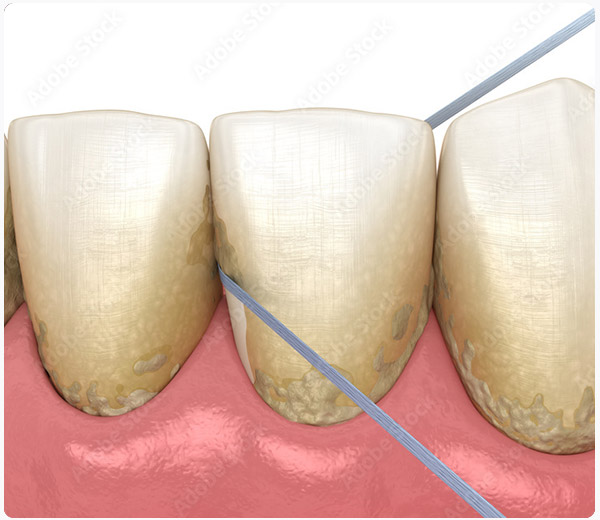
After your medical history is reviewed and updated, your clinician will remove plaque, tartar, and stain.
If bacteria is left untreated, it assembles into a sticky substance known as plaque.
Over time, plaque will thicken and harden to form tartar, also known as calculus.
Calculus is visualized on x-rays or clinically as “rock-like” particles.
Calculus is removed using hand scalers and ultrasonic scalers. Ultrasonic scalers are incredibly efficient and thorough. Water spray cools the vibrating instrument as it scales away stubborn calculus.
The clinician will verify that all the plaque and tartar are removed before polishing and flossing your teeth.
If at any point you experience discomfort or pain, inform your clinician.
Topical numbing medication or local anesthetic can be administered if further pain relief is needed.
A rotary handpiece will be used to polish away any remaining dental plaque or stubborn stains. Some polishing pastes even contain fluoride to help remineralize your enamel.
After the paste is rinsed away, your clinician or assistant will floss your teeth and apply fluoride. Fluoride is essential to repair and remineralize weakened enamel.
Enamel is the strongest substance in your body; however, it’s gone for good once it’s gone. So do everything you can to preserve and protect it!
Ways to Improve Oral Health
As discussed earlier, bacteria are persistent and must be eliminated to maintain healthy gums. There are many ways to combat these organisms. Let’s look at simple ways you can improve your oral health.
Recommendations
- Check Physical Health: Before dental procedures, ensure overall health is stable. Address any underlying issues like diabetes with your primary care physician.
- Medications Causing Dry Mouth: Dry mouth increases the risk of gum disease and decay. Stay hydrated, use salivary stimulants, and consult about fluoride treatments.
- Regular Dental Visits: Visit your dentist regularly for gum health assessments and tailor visit frequency based on your oral and medical history.
- Importance of Routine Cleanings: Don’t skip dental cleanings. Regular cleanings are crucial for maintaining oral health.
- Brush and Floss Daily: Use an electric toothbrush for effective plaque removal. If flossing is challenging, start with twice a week and gradually increase. Consider a Waterpik for larger gaps.
- Use Fluoride Products: Fluoride toothpaste and mouth rinse are vital for repairing enamel and preventing decay, especially if you have dry mouth.
- Healthy Diet and Water Intake: Good oral health reflects overall health. Choose healthy foods and drink sufficient water to maintain mouth pH and prevent decay.
My Experience & Expertise
Your gum tissue is an essential barrier to keeping out harmful bacteria.
However, have you recently been to the dentist only to find out your oral health has suffered? Are you confused about the proposed treatment plan or question the procedure’s necessity?
My Dental Advocate’s team of board-certified dentists can provide a second opinion on your planned treatment. We look forward to bringing you peace of mind by verifying your treatment plan, suggesting an alternative, or just answering your questions – no Jeopardy involved!
Need a second opinion? We can help! Learn more. Knowledge is power when cultivating healthy dental habits. The more informed you are, the better positioned you’ll be to prevent avoidable and potentially costly dental procedures for you and your family. Watch for future blog posts, where we’ll continue sharing important information, product reviews and practical advice!

About the Author
Dr. Matthew Hannan, also known as “Dr. Advocate,” is a board-certified dentist on a mission to provide accurate dental patient education. He attended Baylor University before completing dental school at UT Health San Antonio School of Dentistry. He now lives in Arizona with his beautiful wife and 4 kids. Dr. Hannan believes everyone should access easy-to-read dental resources with relevant, up-to-date dental research and insight to improve their oral health.

Connect with Dr. Hannan!
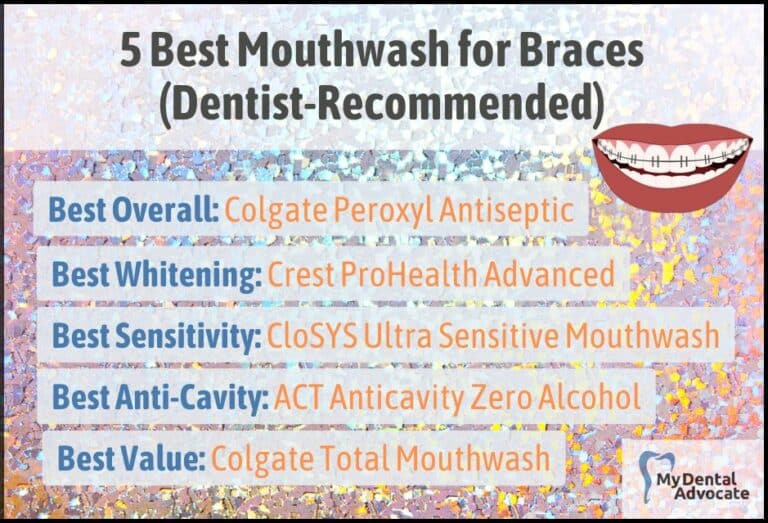
Best Mouthwash for Braces (Full Review)
Navigating the world with braces can be a challenge, especially when it comes to maintaining oral hygiene. The intricate network of wires and brackets provides an ideal hiding place for food particles and plaque, which can lead to dental issues if not taken care of.

101 Foods to Eat After Dental Surgery, Implants or Wisdom Teeth Removal
Are you worried about the food you should eat after having dental surgery? If yes, then you are not alone. Dental procedures such as wisdom teeth removal, implant placement, and root canal treatment are standard procedures…
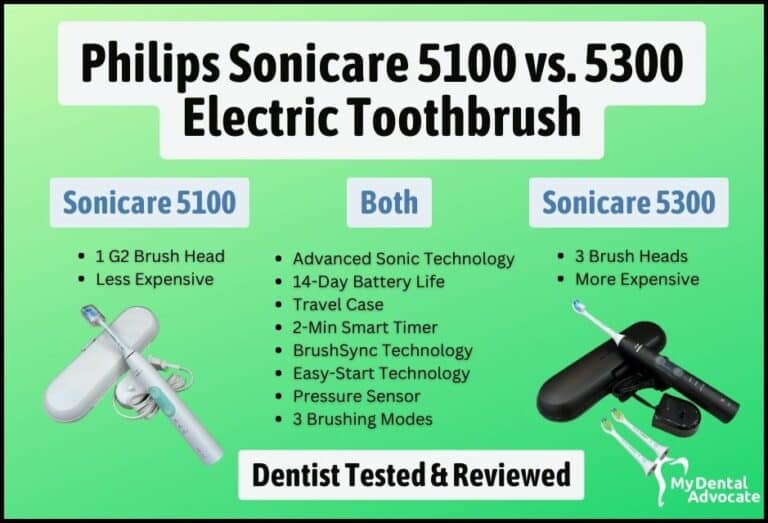
Philips Sonicare 5100 vs. 5300 Electric Toothbrush Review 2024
Are you trying to decide between the Philips Sonicare 5100 and 5300 electric toothbrushes? With so many options on the market, it can be challenging to determine which toothbrush is the best fit for your needs…
Gain Clarity with Our FREE Second Opinion Guide
Receive clear, expert second opinions online within 48 hours. Start today!
Product Reviews
Our 250+ dental product reviews (and counting), curated by an experienced dentist, are the most comprehensive online.
Toothbrush Genie
State-of-the-art chatbot designed to help you discover your perfect toothbrush in just a few simple steps!
Cavity Risk Assessment
Cutting-edge digital tool designed to evaluate your individual cavity risk based on your responses to a series of questions.
Gum Disease Assessment
Discover your gum disease risk with our quick and engaging 6-question assessment!
